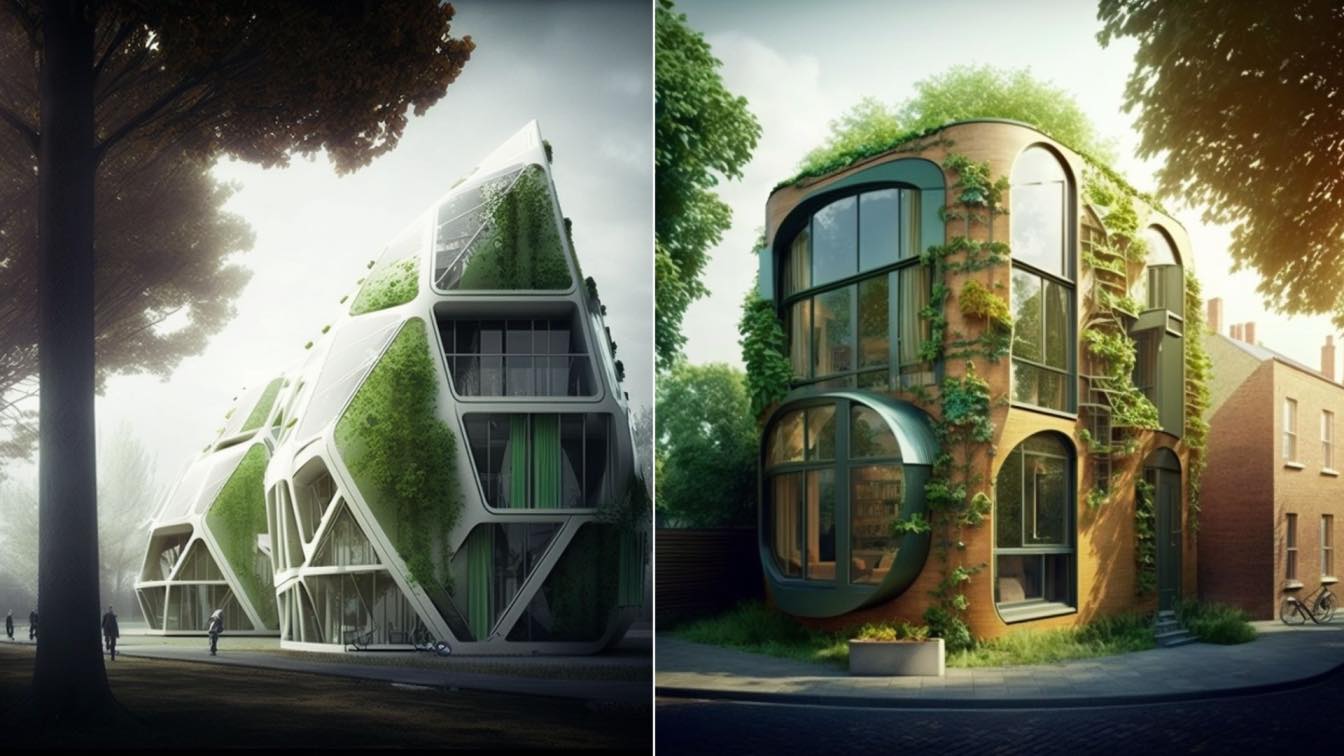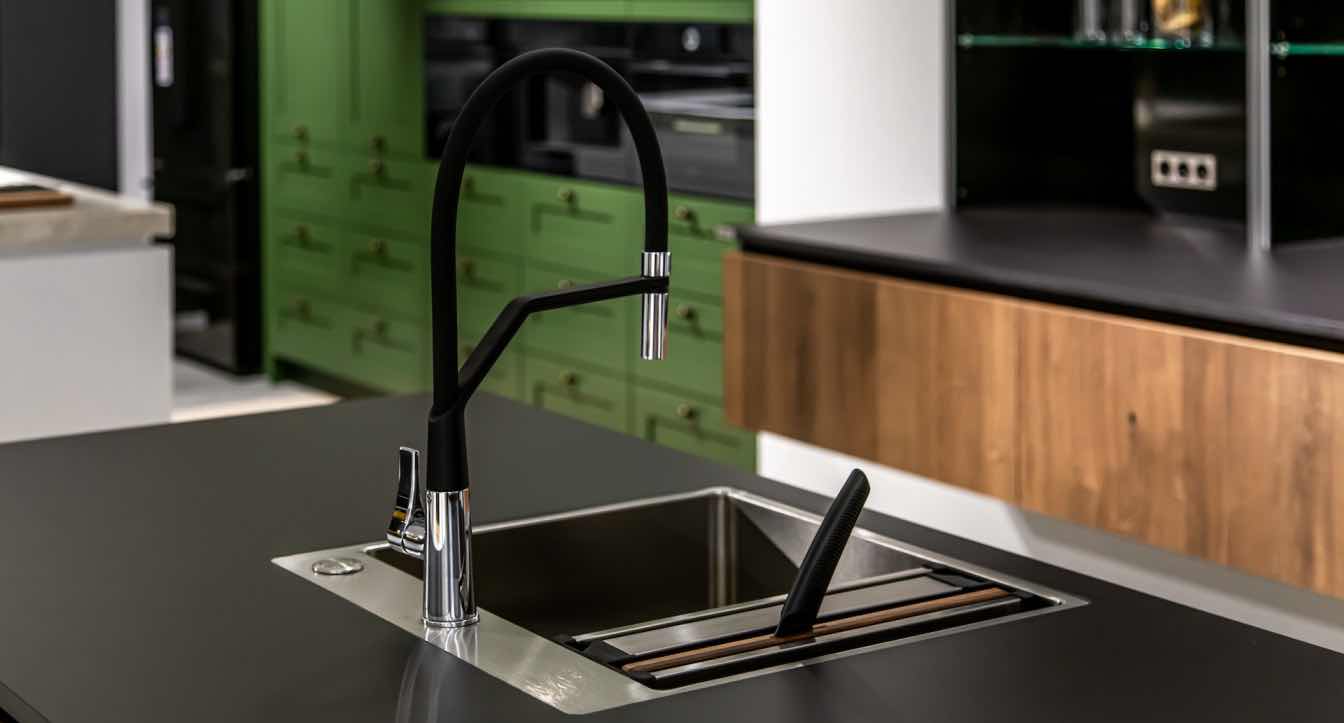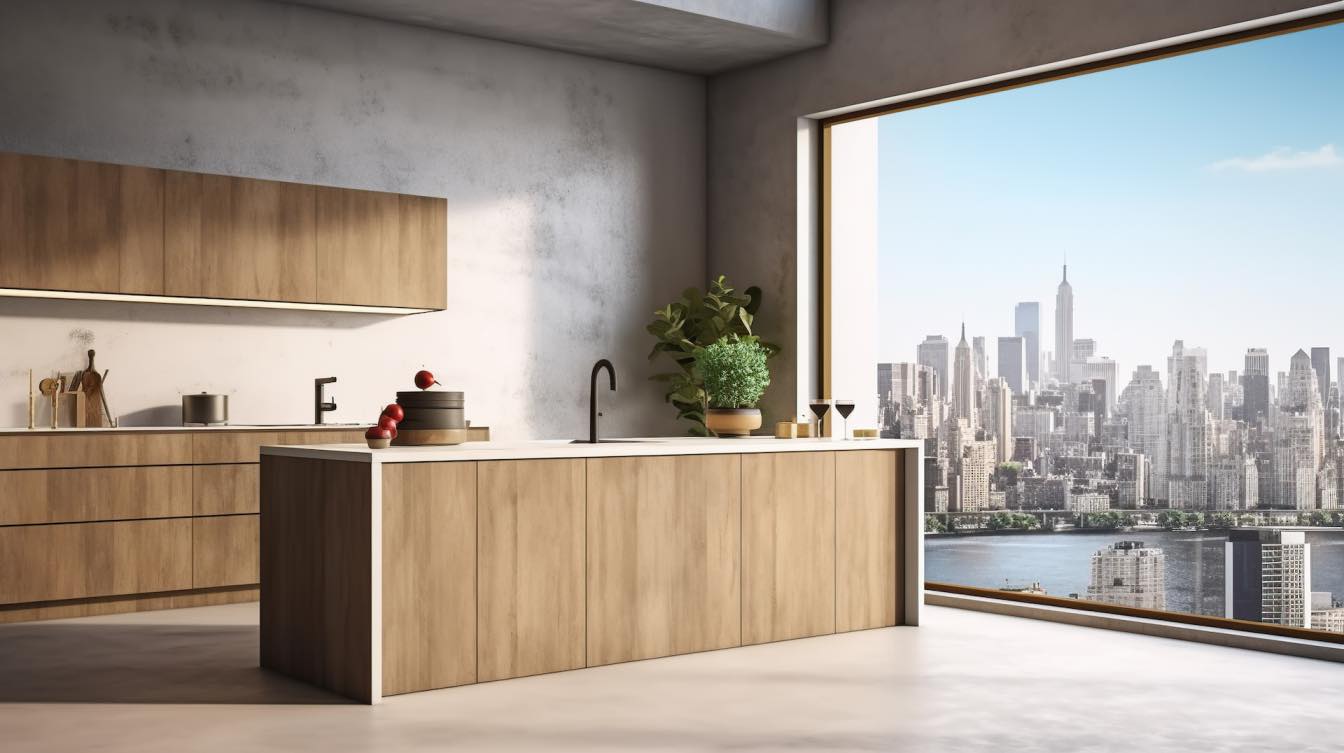Modern architecture often draws its ingenuity and resilience from the past. Historical projects, built with entirely different tools and philosophies, continue to inform and inspire how you shape and design today's buildings. By examining ancient structures' techniques, materials, and principles, you can unlock insights that drive innovation in your architectural designs.
As an architect or design enthusiast, looking back at these monumental achievements can give you a new lens through which to approach challenges. Today’s architectural wonders reflect the lessons of yesterday’s craftsmanship, merging timeless principles with modern ingenuity.
Lessons in Durability and Longevity
Historical structures often excel in durability, surviving centuries of natural disasters and human conflict. The way ancient builders approached resilience is directly applicable to your projects today.
Many historic buildings relied on local materials, meticulously chosen for their strength and compatibility with the environment. Using regionally sourced stone, timber, or clay minimized structural weaknesses while reducing long-term maintenance.
1. Modern technology allows you to apply similar principles more efficiently—adopt advanced material science to replicate or even surpass the durability of these ancient methods.
2. High-performance concrete, carbon fiber reinforcements, and self-healing materials echo the intent behind traditional approaches while incorporating today’s innovations.
Exploring how ancient builders layered materials or integrated natural defenses can inspire your structural strategies to stand the test of time.
Combining Tradition with Modern Tools
You have access to tools like 3D modeling and simulation software that enhance what historical builders achieved through trial and error. This allows you to test and refine materials and designs before construction even begins. By respecting the underlying principles of durability from the past, combined with modern precision, you can create buildings that meet today’s needs without compromising on longevity.
Sustainable Material Choices
When you consider the materials of historical buildings, many were selected for their abundance and renewability. Adopting sustainable material choices today, inspired by ancient methods, helps you build with both the environment and durability in mind. For instance, earth-packed walls or timber frameworks can integrate seamlessly into eco-friendly designs.
Examine the ruins of historical projects to reveal what didn’t work and avoid similar mistakes. These lessons are invaluable for pushing the boundaries of what is possible in modern architecture.
Innovations in Spatial Design
Historical projects reveal a profound understanding of spatial efficiency and human interaction with built environments. You can see this in the grand halls of ancient temples or the compact, purposeful layouts of medieval cities. These design choices were driven by function and necessity, qualities that resonate with modern architectural trends like open-concept spaces and multi-functional rooms.
Consider how natural light was maximized in ancient buildings. Whether it is through skylights, reflective materials, or intelligent alignment with the sun’s path, these methods can inspire you to create sustainable and energy-efficient designs today.
Integrating Natural Elements
Historic projects often harmonized with their surroundings rather than working against them. By designing structures that flow with natural elements, you can achieve not only aesthetic appeal but also energy savings. Features like courtyards, water systems, and natural ventilation were staples of ancient design and are making a comeback in sustainable architecture.
Maximizing Multi-Use Spaces
From ancient markets to community halls, historical projects often prioritized versatility. Translating this into modern designs enables you to create spaces that adapt to changing needs. Multi-purpose areas in residential or commercial buildings are now essential for maximizing functionality and value.
Efficiency Without Excess
Historical buildings didn’t have the luxury of mass production or abundant resources. Every square foot was planned meticulously. You can incorporate this same ethos by emphasizing efficiency, eliminating excess, and focusing on what enhances the user’s experience within a space.
Bridging Tradition with Technology
The technologies available today allow you to bring historical inspiration into the 21st century in ways ancient builders could never imagine. Advanced computational tools, robotics, and artificial intelligence have transformed how you design, plan, and construct buildings.
1. Fuse these technologies with timeless architectural principles to create spaces that honor the past while embracing the future.
2. Use 3D printing to recreate intricate designs that once required years of manual labor—this method saves time and ensures precision.
3. Building Information Modeling (BIM) systems integrate structural and aesthetic aspects into a cohesive plan, streamlining the design process.
Digital Restoration of Historical Ideas
Digital technology helps you analyze historical projects in extraordinary detail. Laser scanning and augmented reality make it easier than ever to study ancient structures and incorporate their lessons into your designs.
Additionally, advanced tools allow you to digitize old photos and videos, archiving historical visuals for further analysis and design inspiration. These tools allow you to replicate patterns, proportions, and layouts in ways that are functional and forward-looking.
Adopting Smart Building Systems
Historical designs were inherently energy-conscious, relying on natural ventilation, thermal mass, and strategic orientation. Today, you can combine these time-tested principles with smart building systems that optimize energy use, monitor conditions, and adapt to environmental changes in real time.
Reviving Traditional Techniques
Certain historical construction techniques have all but disappeared due to industrialization. Reviving methods like hand-carved stonework or artisanal masonry can set your projects apart. Pairing these with modern technology ensures efficiency while preserving craftsmanship.
Aesthetic Inspiration from the Past
Historical architecture continues to be a source of aesthetic inspiration, even in the most futuristic designs. Whether it’s the symmetrical proportions of classical structures or the bold geometries of ancient fortifications, these visual cues resonate deeply. Incorporating these elements can help you create designs that feel timeless and meaningful.
Symmetry, for instance, remains a hallmark of many iconic structures, providing balance and harmony. You can incorporate similar principles into your designs to evoke a sense of order and elegance. Bold lines, intricate carvings, and detailed facades also serve as reminders that beauty often lies in the details.
Cultural Storytelling Through Design
Historical projects often tell stories about the cultures and people who built them. You can emulate this by creating designs that reflect a sense of place, heritage, or purpose. Buildings that weave narratives into their form and function resonate more deeply with their users.
Timeless Design Principles
Ancient projects often balanced simplicity with moments of grandeur. You can mirror this in your work by crafting spaces that surprise and inspire, combining subtlety with impactful focal points.
Patterns, arches, and proportions seen in ancient buildings continue to captivate. By incorporating these into your designs, you create spaces that are both innovative and rooted in timeless beauty.
Sustainability from Ancient Wisdom
Sustainability isn’t just a modern concern. Historical builders often prioritized it out of necessity, relying on local resources and designing for efficiency. These practices offer a wealth of inspiration for sustainable architecture today. By understanding how historical projects align with their environments, you can create designs that reduce environmental impact while maximizing functionality.
Passive cooling and heating methods are prime examples of relevant ancient techniques. Designing buildings to harness natural airflow, shade, and sunlight reduces dependence on energy-intensive systems. You can also draw inspiration from water conservation systems used in historical buildings, integrating them into modern eco-conscious designs.
Circular Building Practices
Ancient structures were often deconstructed and repurposed for new projects. By adopting circular building practices, you can reduce waste and contribute to a more sustainable construction industry. Using modular components and recyclable materials echoes this principle while adding flexibility to your designs.
Building for the Local Climate
Designing with the local climate in mind, as historical builders did, enhances energy efficiency. Whether it’s insulating against cold winters or optimizing airflow in hot, arid regions, these principles remain vital to modern sustainable architecture.
Redefining Modern Sustainability
By combining ancient wisdom with modern science, you can create sustainable designs that are innovative, beautiful, and practical. This approach ensures your projects meet today’s environmental challenges while honoring the past.
Conclusion
Historical projects offer enduring lessons in durability, efficiency, and aesthetic appeal that remain relevant despite tech advancements. Look at the past to discover timeless principles that elevate your designs and help address the challenges of today’s built environment.
Embracing these historical inspirations doesn’t mean looking backward. It’s about finding the perfect balance between tradition and innovation, creating buildings that are both functional and deeply meaningful. By learning from history, you’re not just preserving architectural heritage—you’re shaping the future of design.





